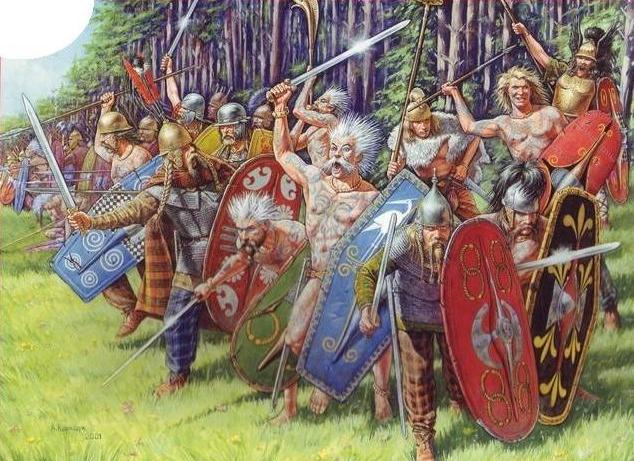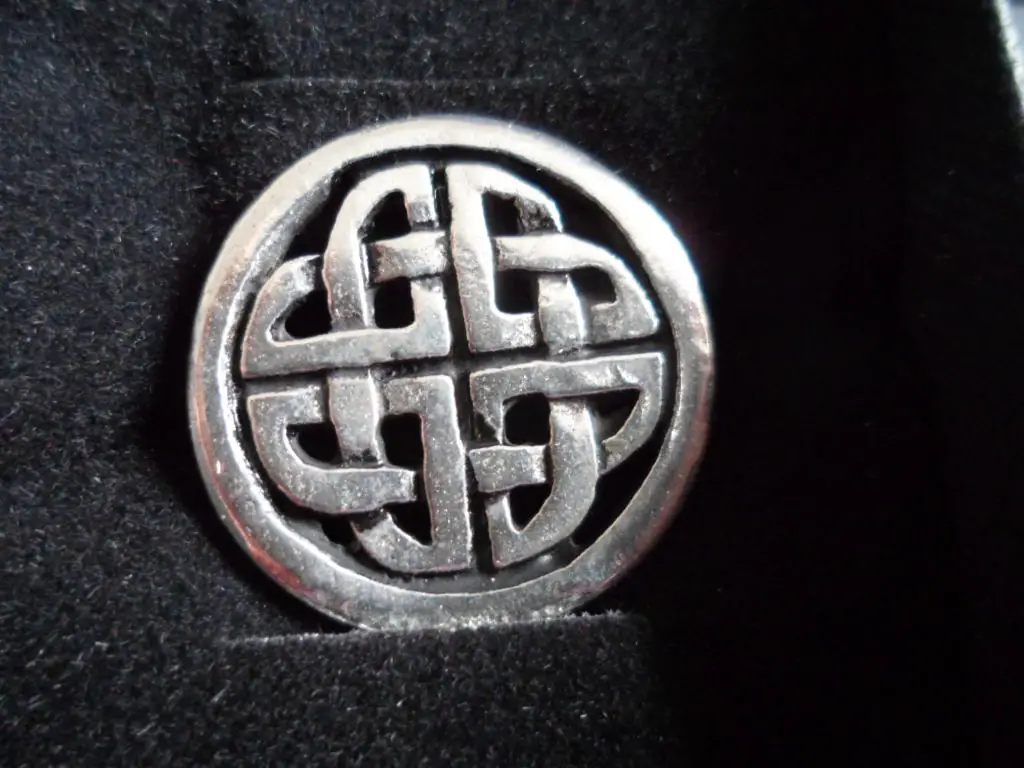Part 3: Scotland
 People who were living in what is now northern Scotland were called the Picts. What isn't known is what they called themselves. The word Pict is an amalgamation of several terms, from Greek, Latin, and Old English. The first Roman use of the word, Picti, appeared in A.D. 297, in a work by Eumenius, and approximated "painted ones."
People who were living in what is now northern Scotland were called the Picts. What isn't known is what they called themselves. The word Pict is an amalgamation of several terms, from Greek, Latin, and Old English. The first Roman use of the word, Picti, appeared in A.D. 297, in a work by Eumenius, and approximated "painted ones."
The people living north of the Forth and Clyde Rivers had also been called Caledoni, and the term Caledonia was used by Roman writers and mapmakers. In contrast to the Celts living in the south, the Picts banded together more frequently.
Historians know of a series of Pictish kings, who ruled over their own tribes. Historians also know, from the medieval Pictish Chronicle, of a series of kings who ruled over all of the Picts.
In other significant ways, however, Pictish society was not unlike Celtic society. Picts lived in small groups, tending to farms and growing wheat and barley and rye and various vegetables. Some archaeological evidence suggests that the Picts used kilns to dry wheat and barley. Cattle and sheep were kept, as were horses. Hunting was aided by both dogs and falcons.
Pictish religion was polytheistic, similar in many ways to Celtic religion. The same was true of art, with one rather large exception being the Pictish Stones. Some depicted familiar scenes; some have yet to be decoded.
About 250 or so of these have survived. That's not a lot, but it is enough for us to know that we don't yet understand the carvings on the earliest ones.
Trade with Celts and Irish was regular, and trade with Gaul was not unheard of, as can be supported by the presence of Gaulish tableware and pottery found in the Pictish archaeological record.
So the Picts were domestic, living in villages and tending to farms. They were also hunters, of animal prey and of opportunity. They were a warrior people with a warrior tradition.
They were well-known as raiders and are described as such by both the Britons who lived in the north before the Romans came and by the Romans who lived there after the conquest.
 We do know that Pictish silversmiths did make jewelry. Some of this survives. One notable find in Fife included brooches, earrings, pendants, and a spiral armband, with the same symbol as on the Pictish Stones engraved in the metal. Another find in Shetland, found in a wooden box buried in a chapel, included decorated silver bowls and spoons.
We do know that Pictish silversmiths did make jewelry. Some of this survives. One notable find in Fife included brooches, earrings, pendants, and a spiral armband, with the same symbol as on the Pictish Stones engraved in the metal. Another find in Shetland, found in a wooden box buried in a chapel, included decorated silver bowls and spoons.
One thing we don't have is evidence of a distinct Pictish language. We presume that they did speak their own tongue or, more likely, tongues. Scholars think that this would have been similar to what the British Celts spoke. (In fact, some scholars insist that there wasn't much difference at all between the two.) But what they spoke in these early days has been lost to us.
The Pictish society (and whatever language they spoke) was eventually absorbed by Gaelic and Scottish societies.